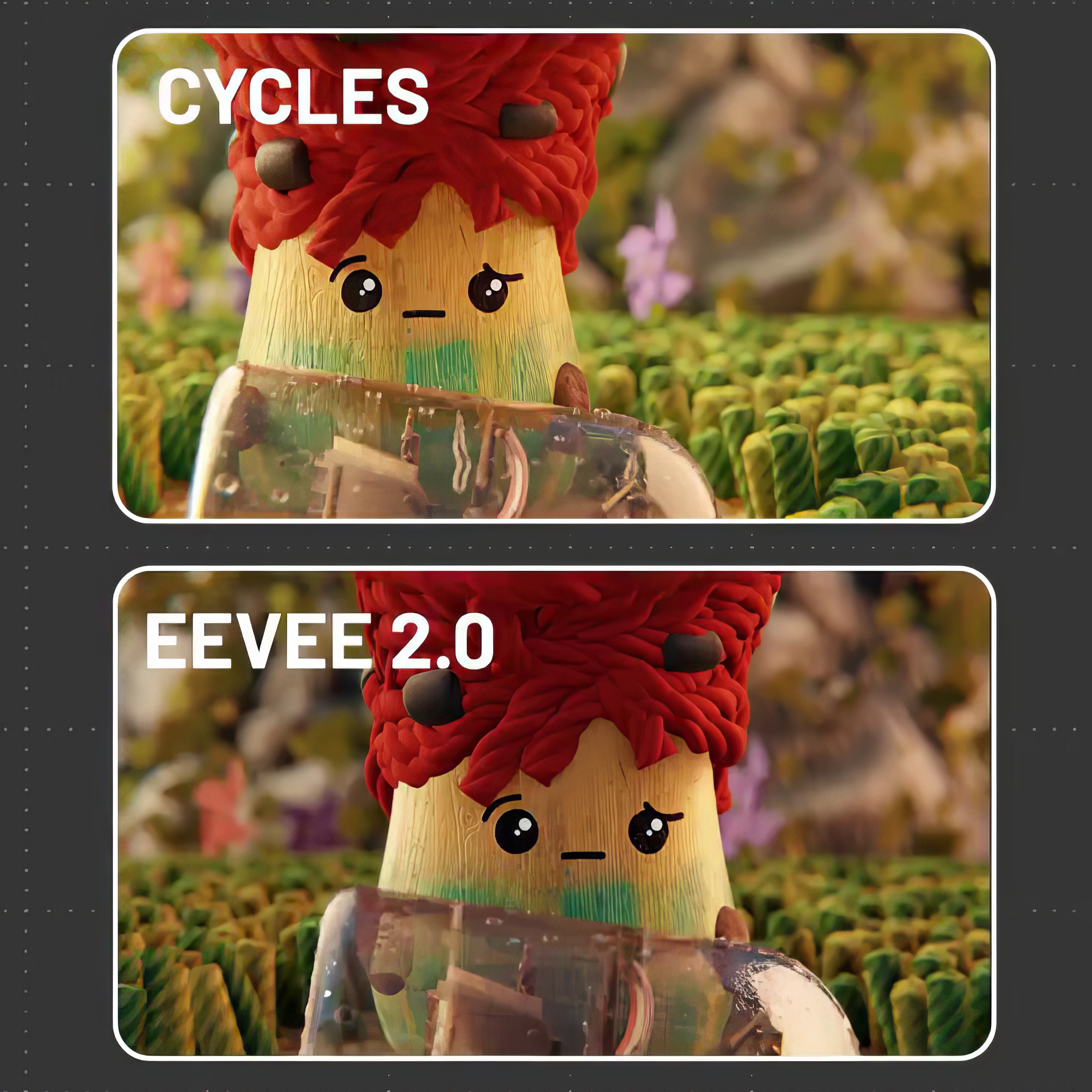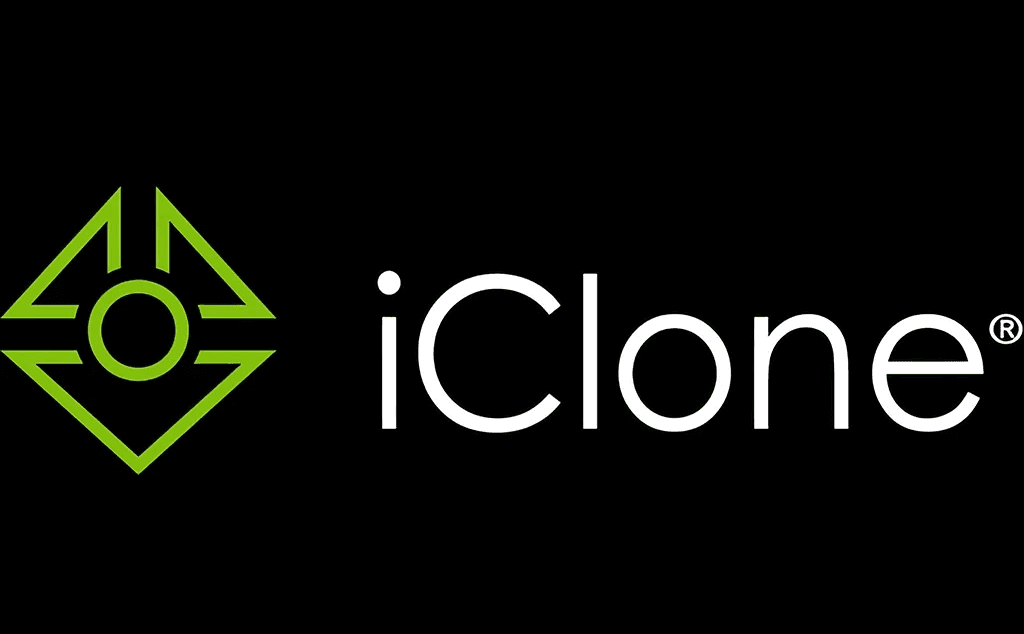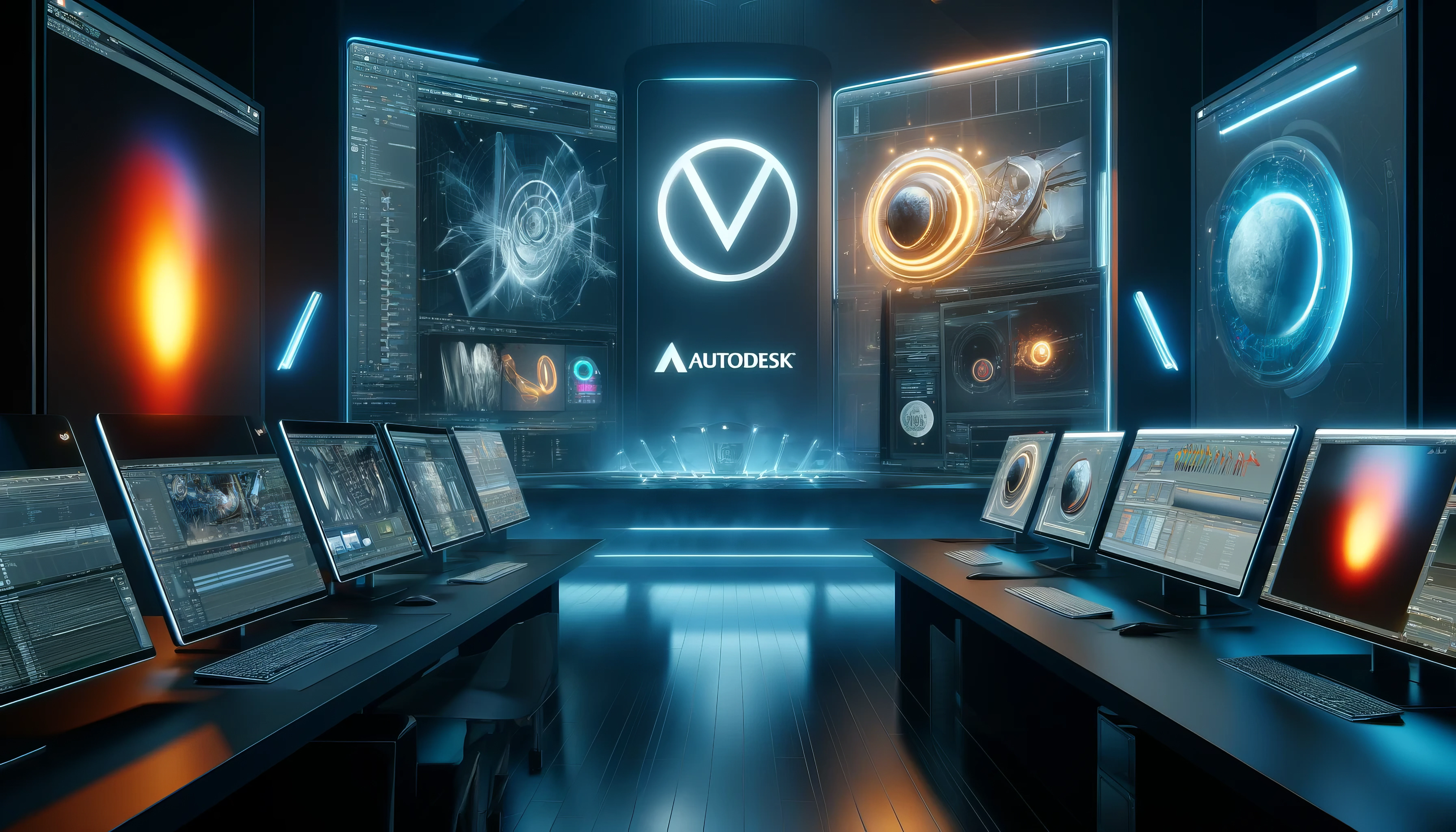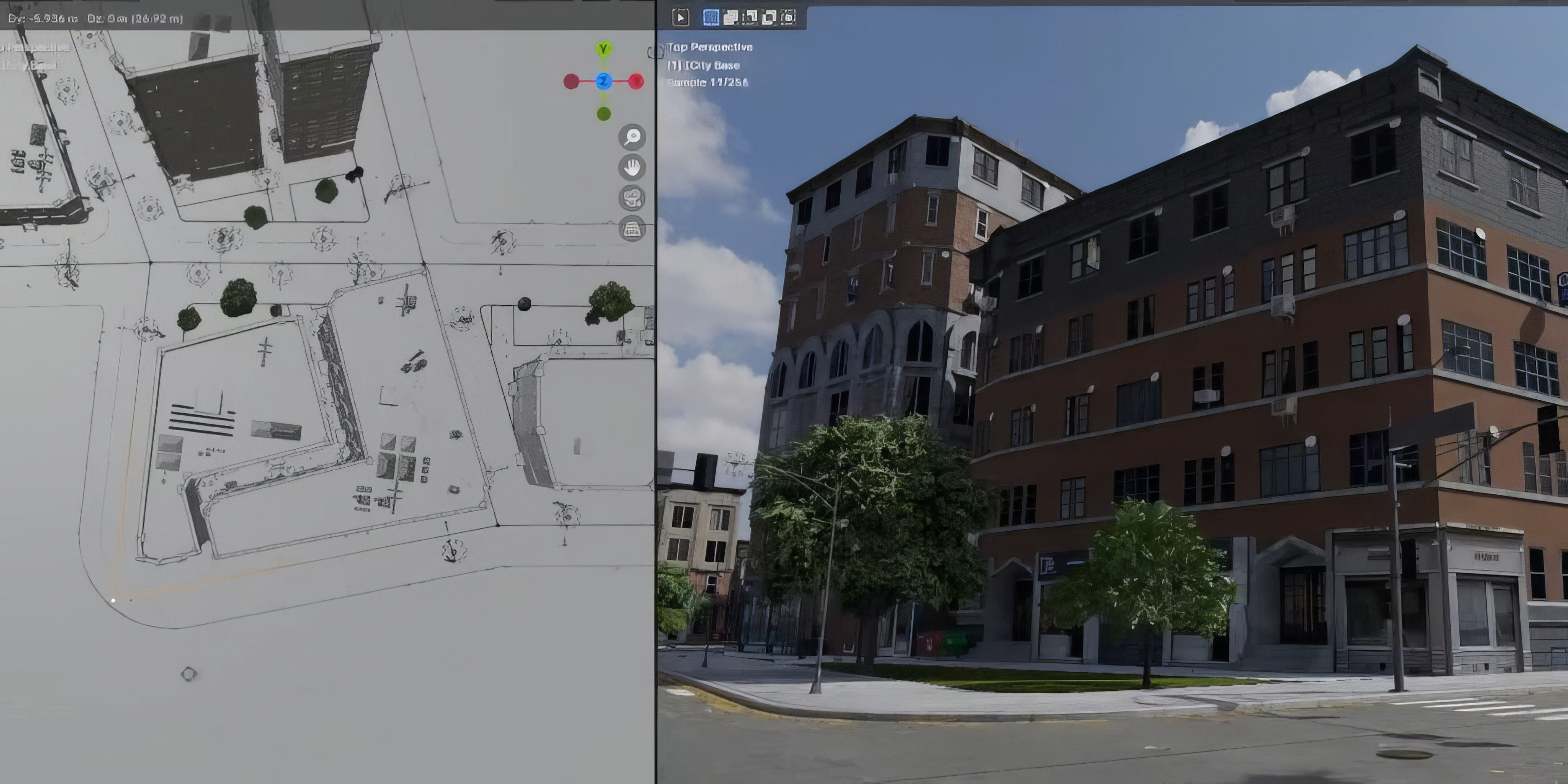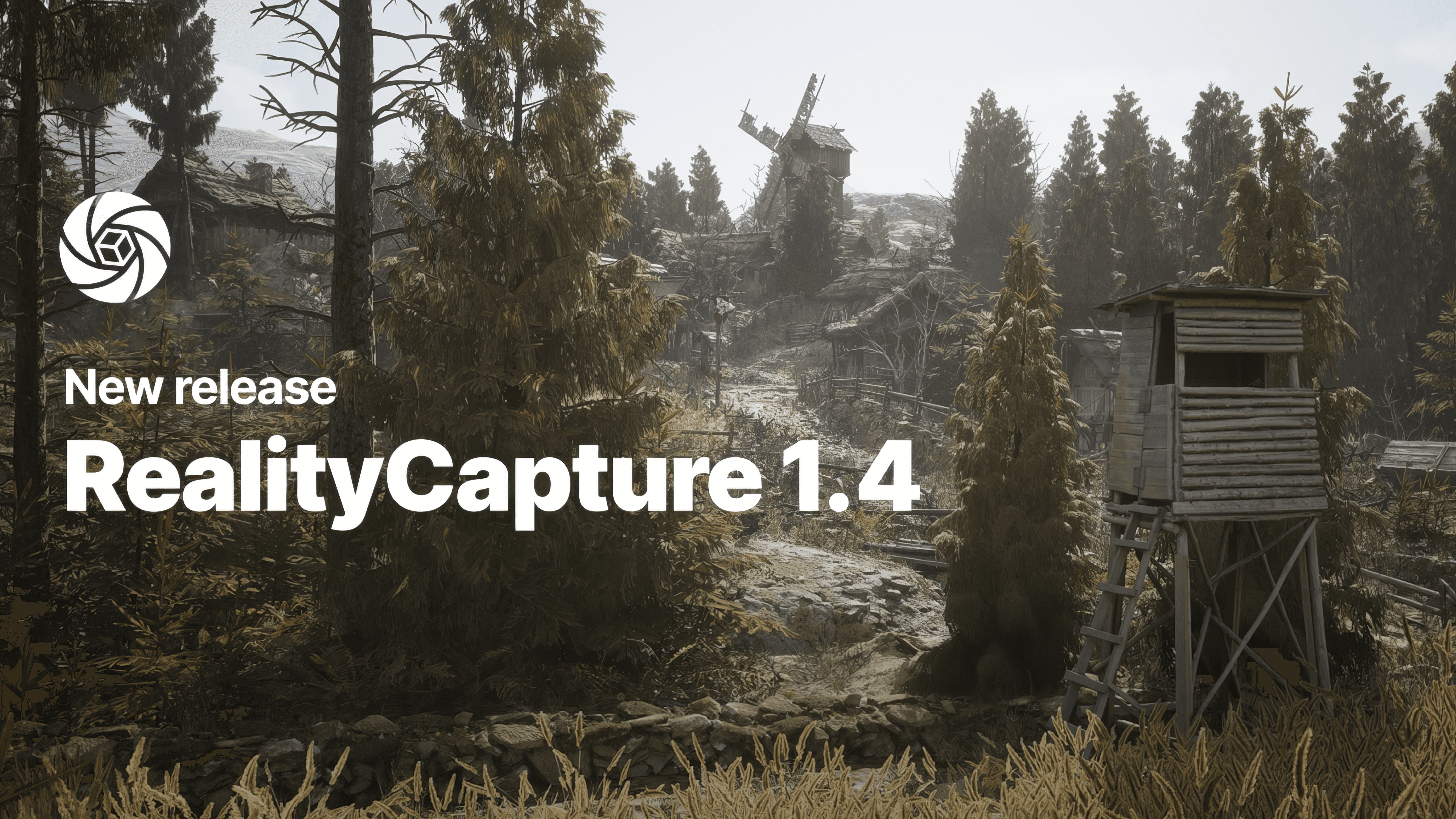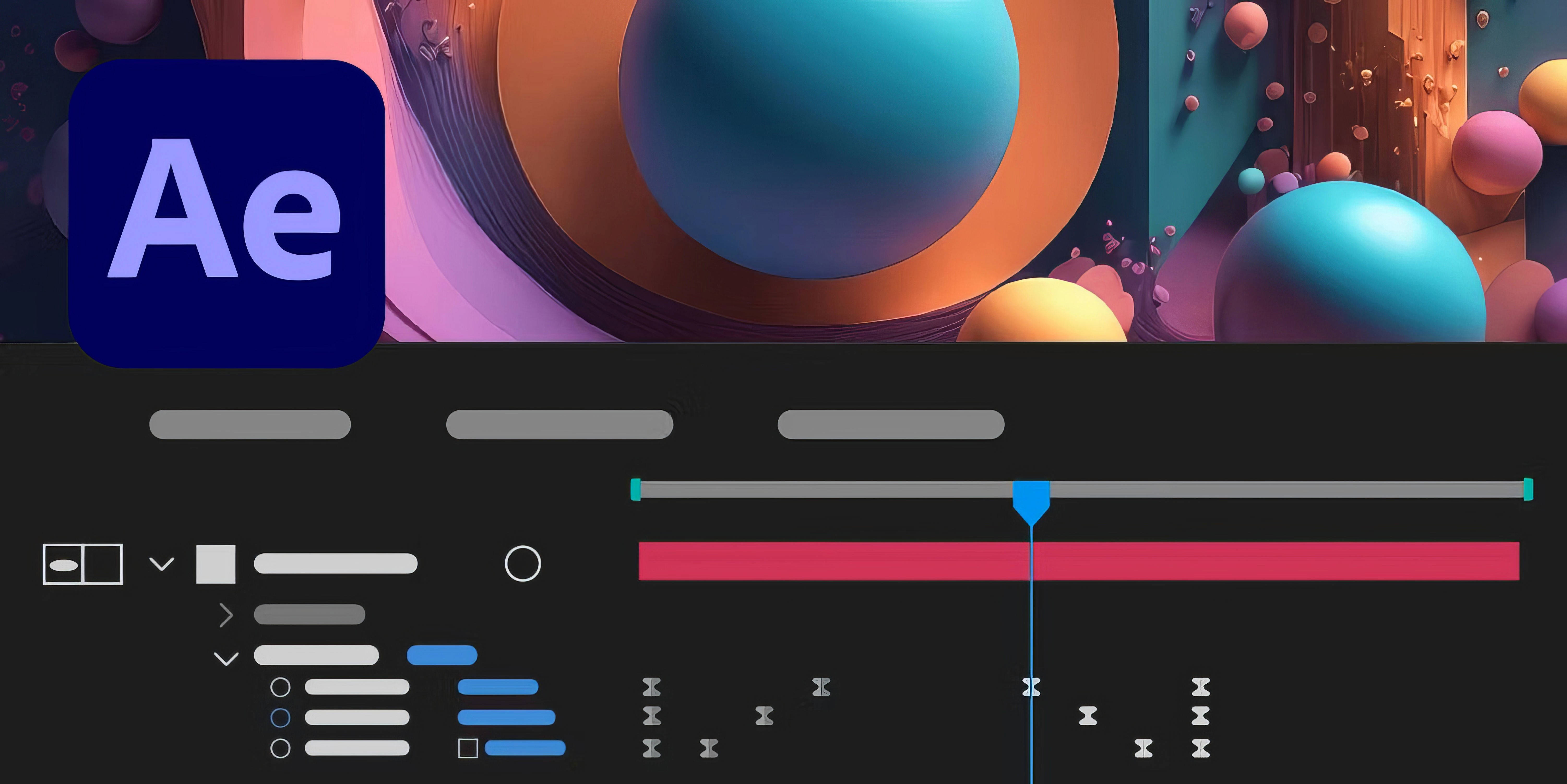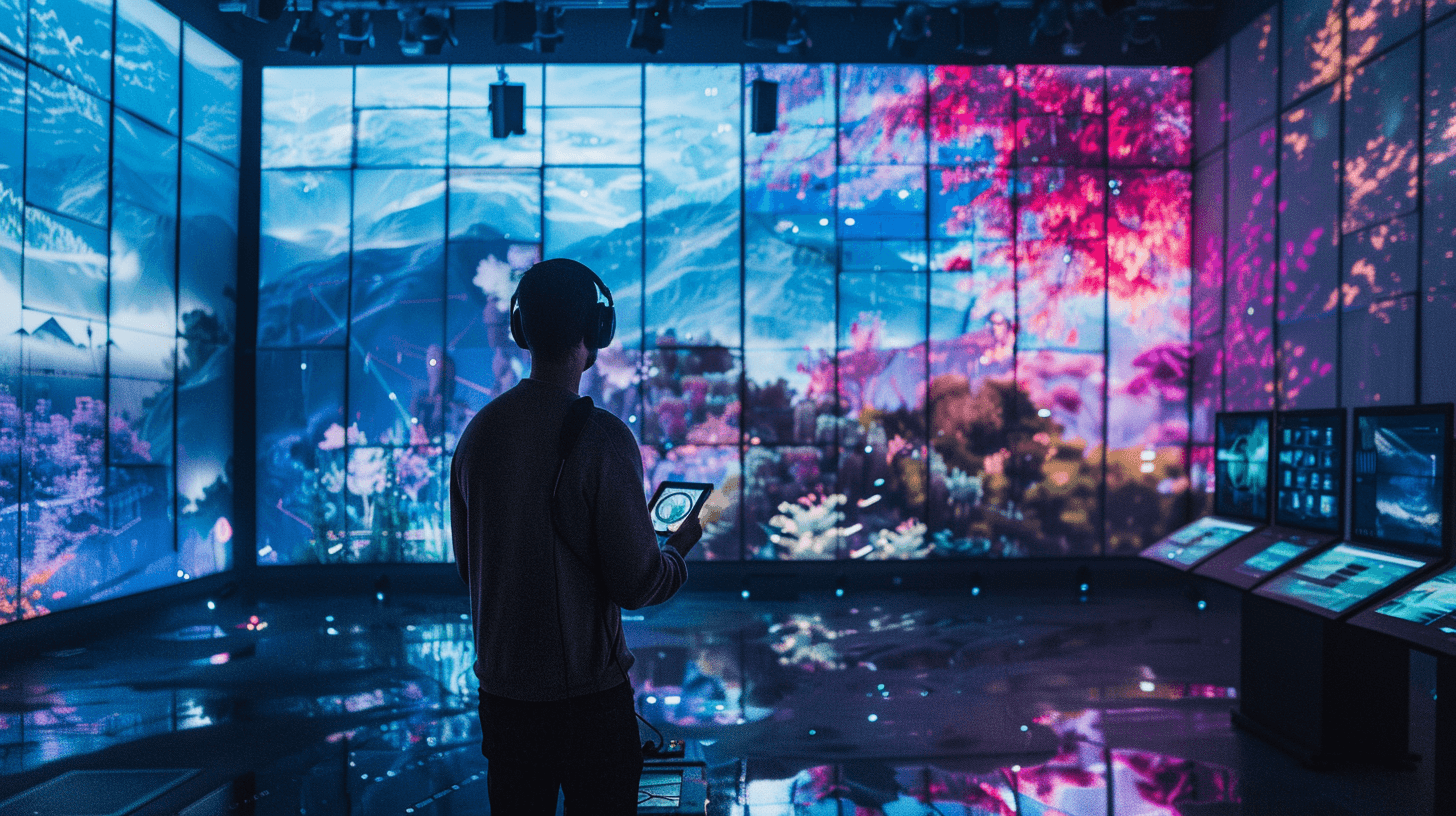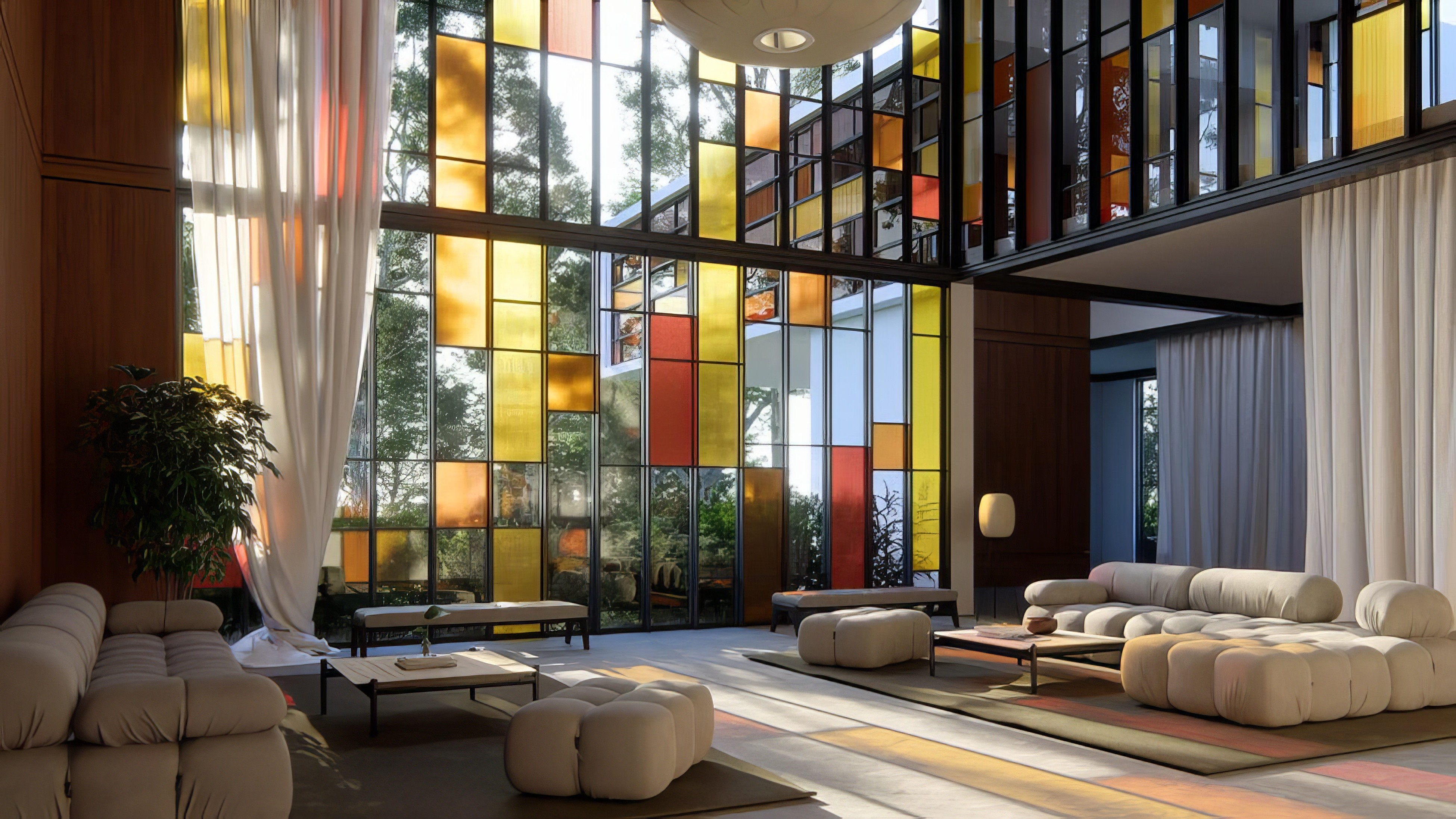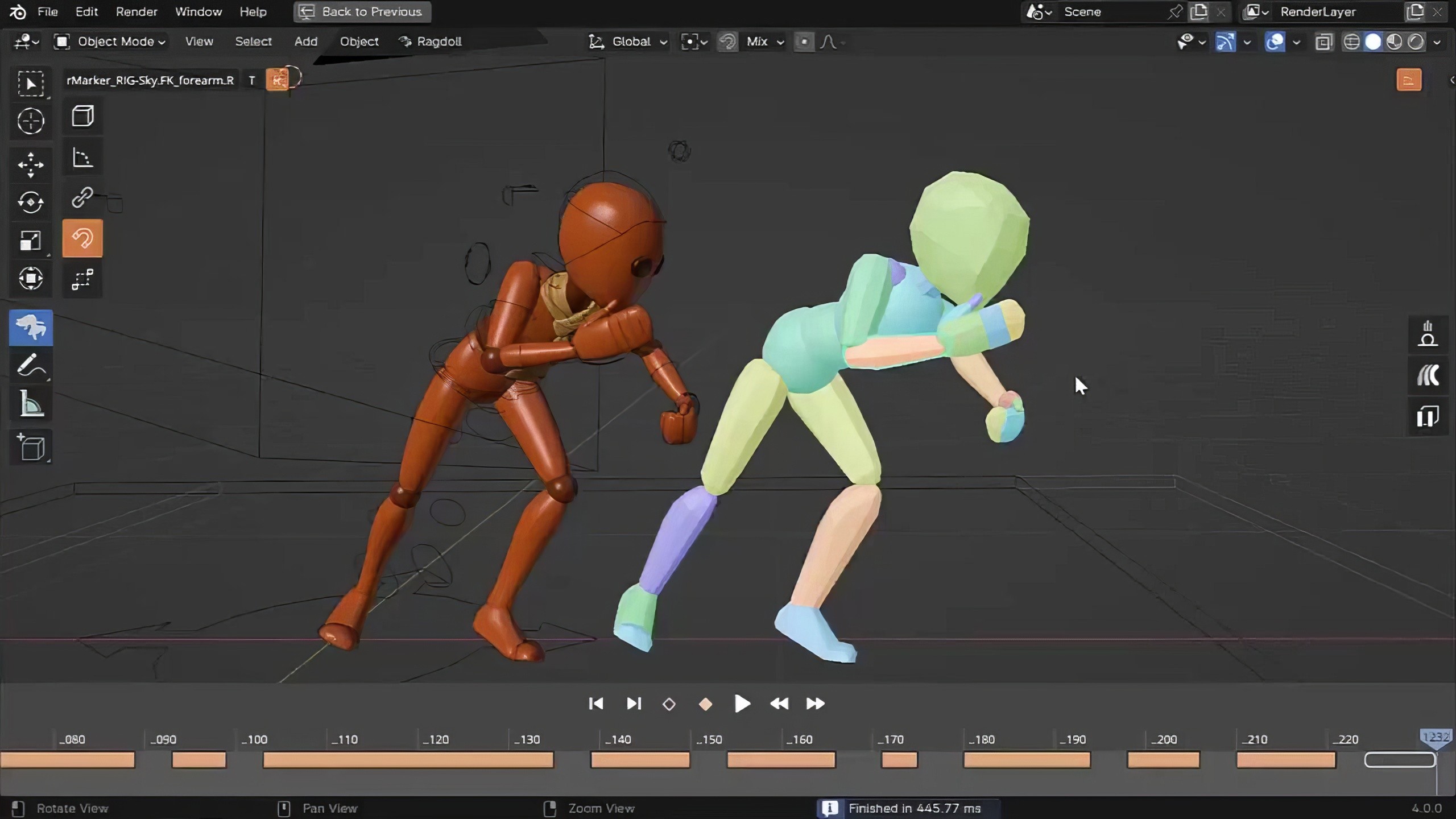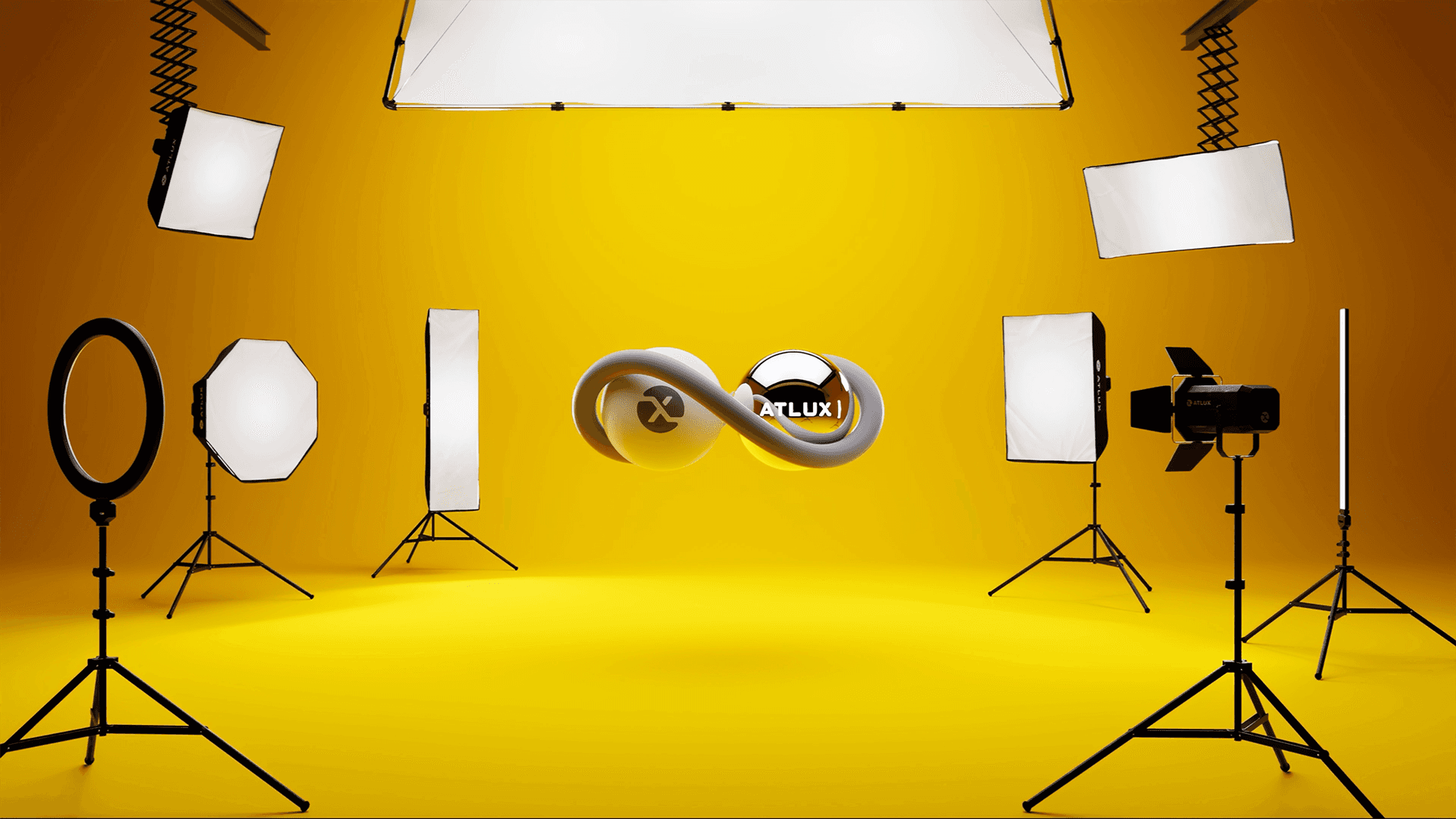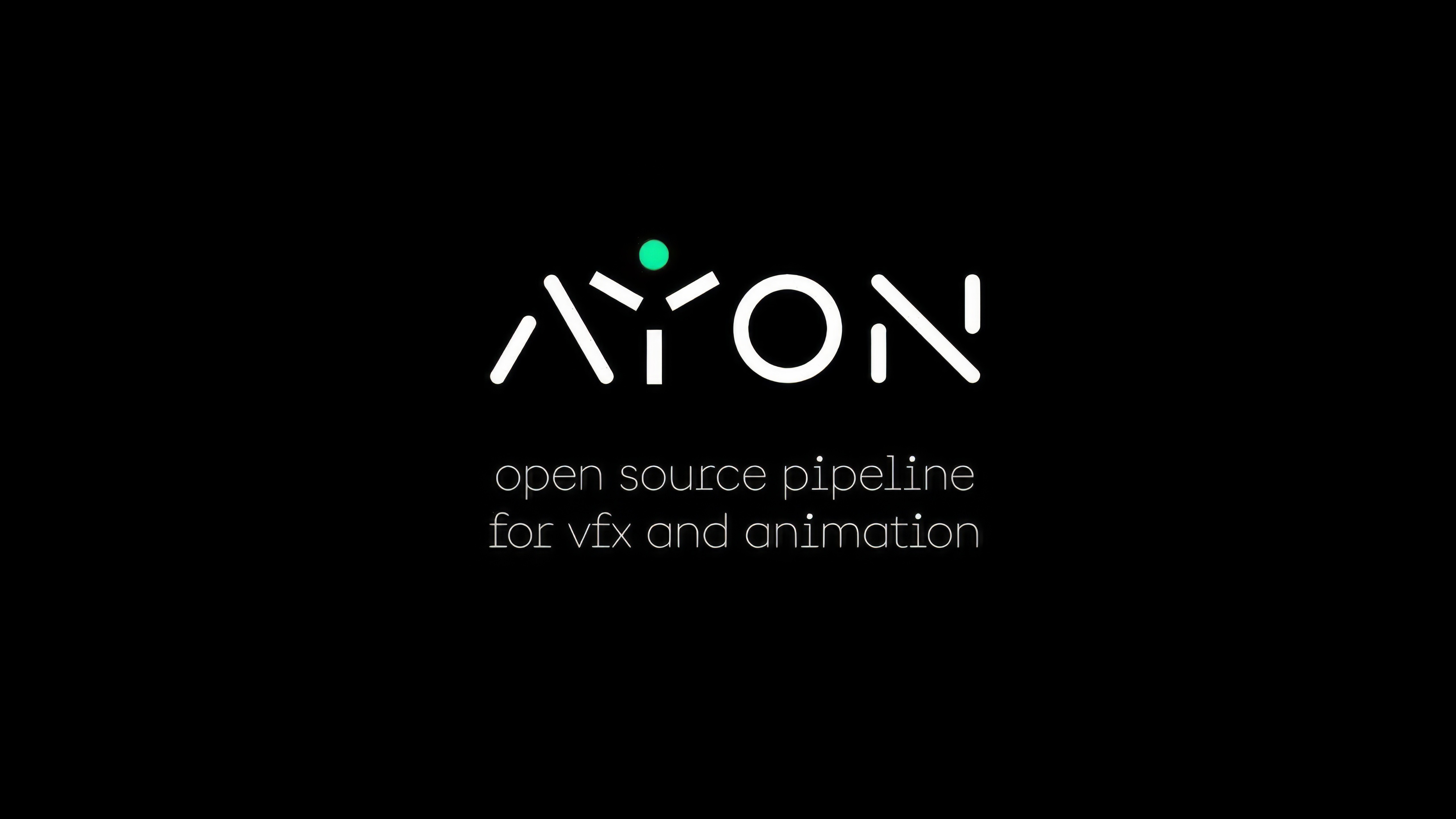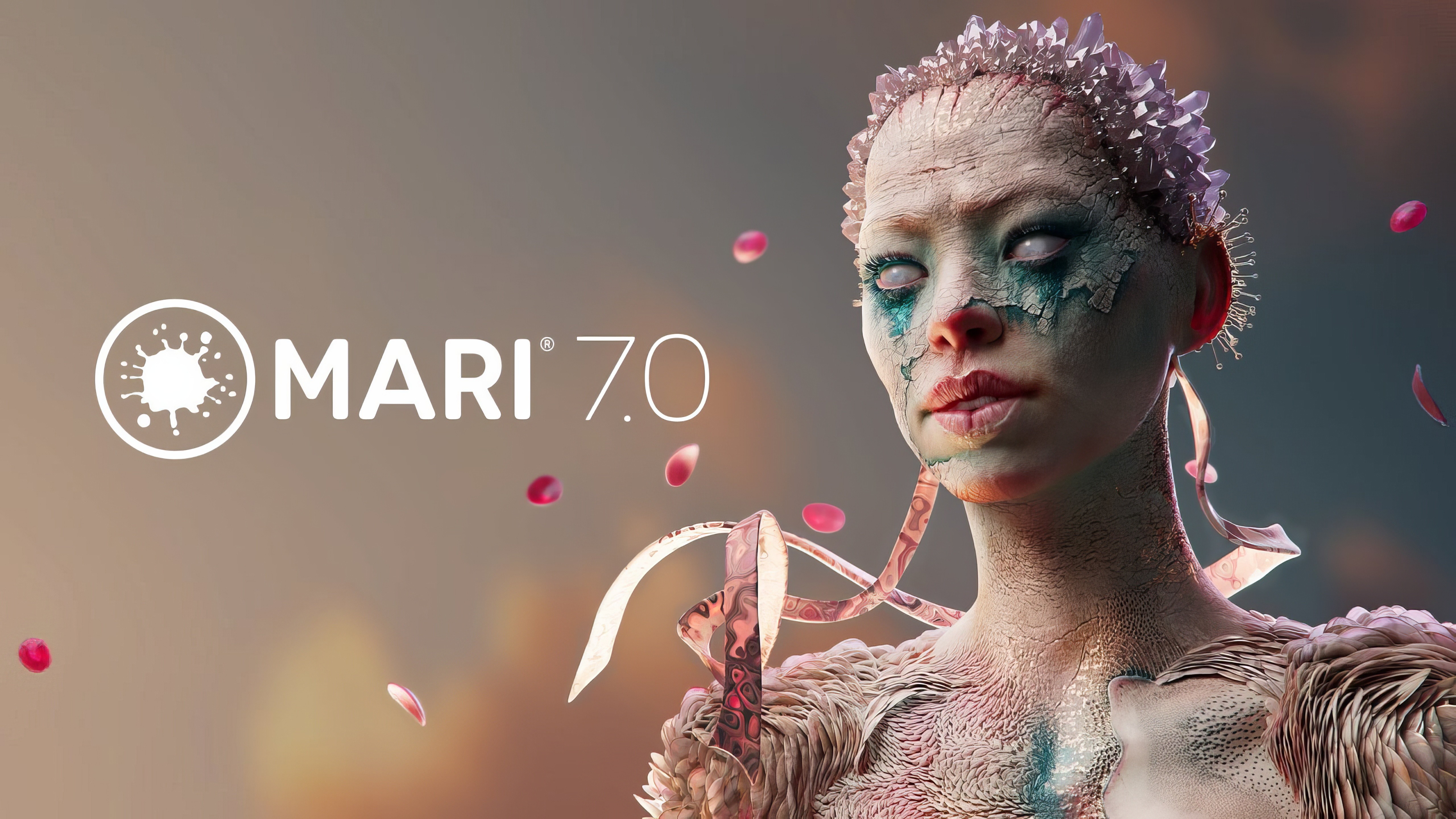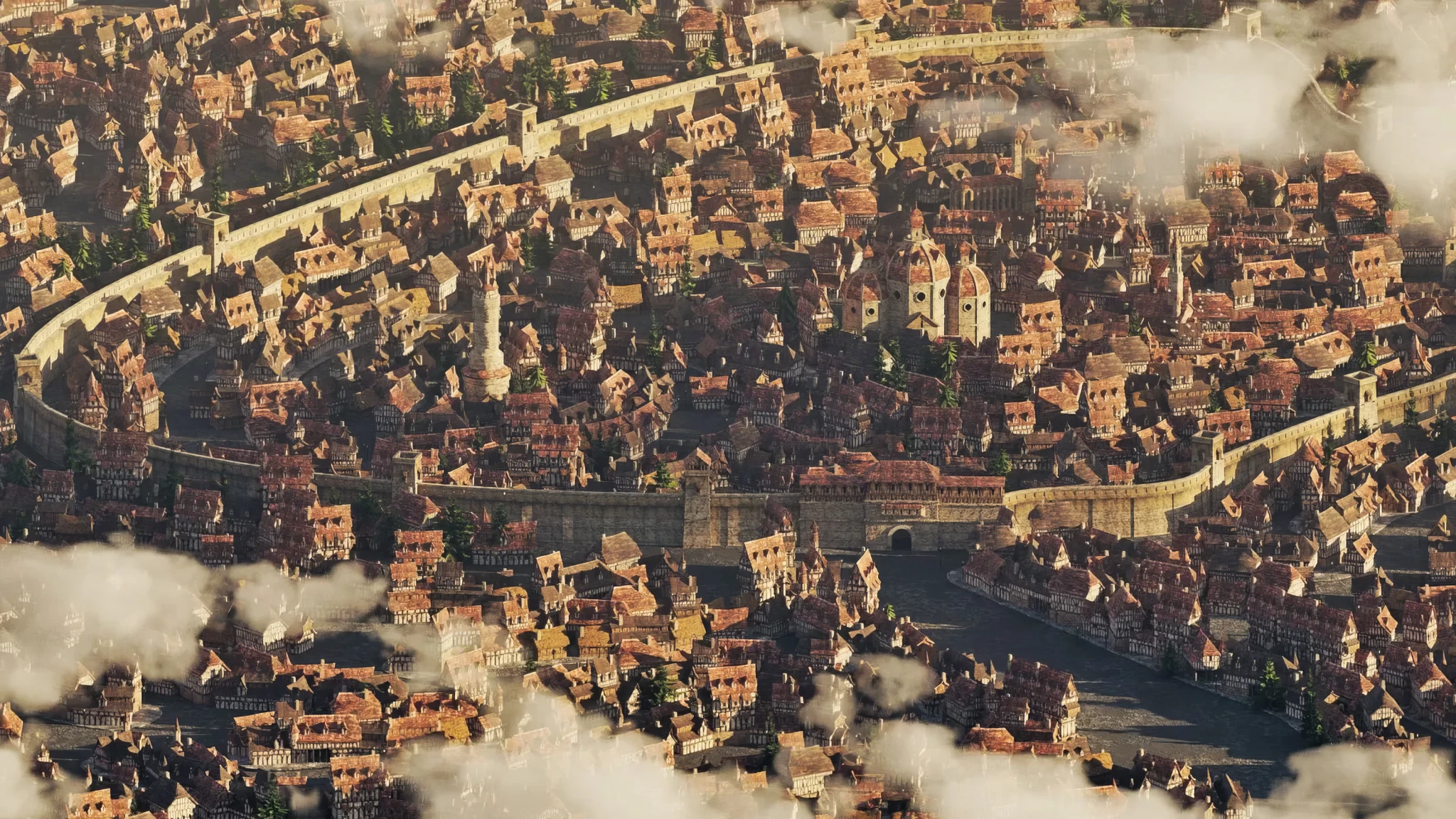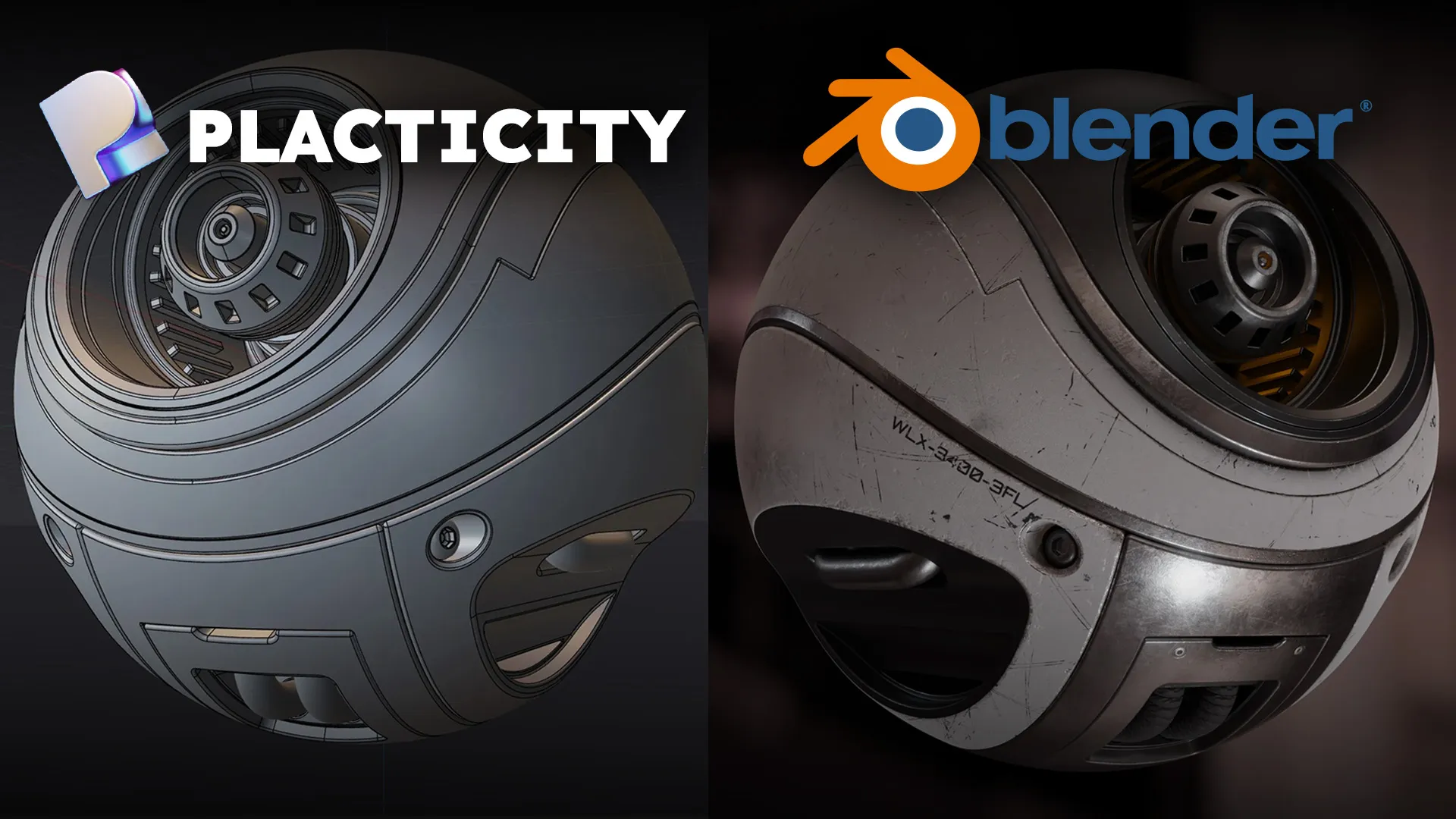[BY]
Dmytro Kremeznyi
[Category]
CGI
[DATE]
Jul 14, 2024
Blender’s Eevee Next update provides a powerful new rendering engine.
The Blender Foundation has announced the release of Eevee Next, an updated version of Blender's real-time render engine. This update will be available in Blender 4.2, set to launch next week. Eevee Next brings significant improvements to the visual quality and stability of viewport rendering, making it closer to Blender’s production render engine, Cycles.
One major change is the new Global Illumination system that uses screen-space ray tracing. This means more accurate and realistic lighting in your scenes. Although Eevee is still considered a rasterization renderer, this addition is a big step forward.
Eevee Next also improves the stability of renders. It uses velocity-aware temporal supersampling to reduce noise and aliasing issues, resulting in smoother and flicker-free images. Shadows are now rendered with virtual shadow maps, which helps to reduce flickering and allows for higher resolution shadows.
There are no longer limits on the number of lights you can use in a scene, with up to 4,096 lights visible at the same time. Lights can now also be seen through refractive surfaces. Materials now support displacement, and the new Thickness output improves the look of refraction, translucency, and subsurface scattering. Motion blur is partially supported in the viewport and depth of field has been optimized.
World volumes are no longer limited by render clipping distances, so they can fully block the world background and sun lights, giving you more control over your scenes.
The Eevee Next interface has been updated to be more like Cycles, making it easier to switch between the two. However, Eevee Next is not backwards-compatible with older versions of Blender. To help with this, the Blender Foundation has provided a migration guide to assist users in updating their old scenes to work with Eevee Next.
Content
